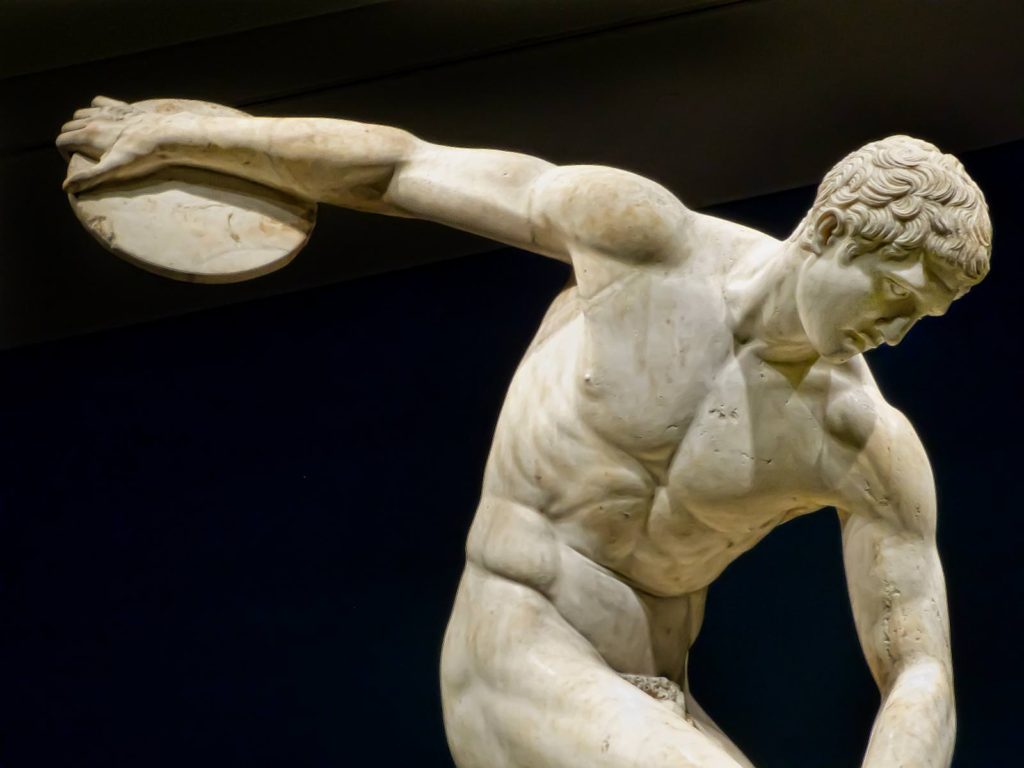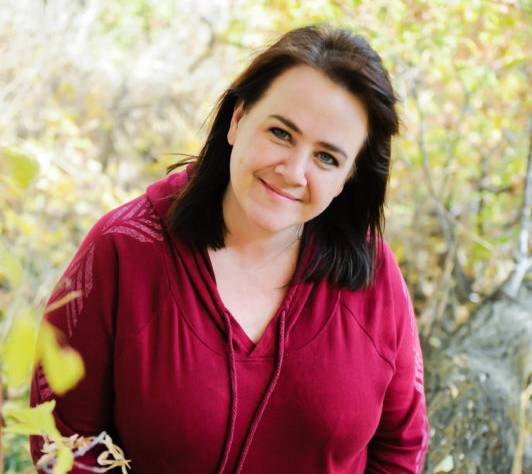All archetypes have passive and active expressions. We all tend toward one or the other. A good way to think of this is introversion and extroversion. If you are a very extroverted personality type it is likely that many of your archetypes will express actively. And of course, if you are more introverted, many or at least some of your archetypes will express passively. Most people are not completely introverted or completely extroverted, so they fall on a continuum of expression which usually means that you will have some archetypes that are passive and others that are active. It is very interesting to discover this in yourself. Below I will explain the difference between the active and passive patterns and give some examples from movies or historical characters to illustrate.
Active Expression of Archetypes
When you think about the active expression of an archetype you are looking for the ways it externalizes. They are usual dominant types or have strong expressive characters.
Passive Expression of Archetypes
Passive expressions of archetypes are internal, often self-focused and in some ways avoidant and quiet.
Creative/Destroyer Archetype
The Creative archetype will be very productive creating works of art, music, dance etc. They will make their creations are external and known to others, or outside of themselves. They enjoy presenting their work and appreciate feedback. The shadow side of the Creative is the Destroyer. The Destroyer in the active expression will damage or throw out their own work, needs constant validation. The Passive Destroyer disregards opportunities to perform or display their work and deals with perfectionism.
Shadow side: Passive
Feels unable or struggles to create
What is created is often immediately destroyed (with criticism, rejection, hiding it, refusing to share it etc)
Perfectionism
Attached to suffering for art, (including but not limited to, not making money)
Starts but never finishes
Excuses for why they don’t create
Shadow side: Active
Unwilling to seek out or accept constructive criticism from others
Self-important and arrogant
Pushes art onto others or tries to turn it into political activism
Believes others should take care of them
Critical of other artists
Isolated
Overvalues their work, (overpricing for example)
Doesn’t learn to grow in their field but remains stuck
Light side: Passive
Learns to create regardless of result
Allows others to participate or observe the process
Trusts the process rather than the end product
Values mistakes and learning
Doesn’t indulge the ego’s need for recognition
Does not abort the creative process even when it feels like a failure
Does not hide fears and insecurities but explores them
Light side: Active
Seeks out critique when ready for it, eager to improve
Highly productive
Lifts other artists without diminishing their own artistry
Takes responsibility for their creations. Period.
Engages in the community of like-minded creators
Remains open and curious about the process
Uses art to manage emotional health
Can let go of both complimentary and insulting responses to work
Derives value from inner purpose not admiration
Hero/Villain Archetype
The Hero/Villain is a useful archetype for exploring the passive and active patterns.
Here are some literature/film characters who display the light and shadow in both the active and passive.
Active Hero Light
Katniss Everdeen from The Hunger Games
Katniss makes herself known as a hero very early on when she publicly raises her hand and asks to take the place of her sister in the Hunger Games. She is literally on display, and her acts of heroism and her failures are external and exposed.
Active Villain Shadow
Anakin Skywalker/Darth Vader from Star Wars
In the shadow we have the active expression of the Villain. Anakin makes his choice to join the dark forces believing arrogantly that he can control the dark. His role as the Villain is unapologetic and intentional as he tries to lure Luke down the same dark road.
Passive Hero Light
Frodo Baggins from The Lord of the Rings
Frodo finds himself on an unlikely, undesirable journey of the hero. He doesn’t pursue the ring of power, but it is bequeathed to him. He wants to give the ring to someone else to carry and finally realizes he must do the difficult task on his own and there his heroic journey really begins, as courage in his own heart. Frodo is on an inner journey of heroism, confronting his fears and desires for security as he goes deeper into darkness. His conflict is internal as he faces the temptation of the one ring to rule them all.
Passive Villain Shadow
Walter White from Breaking Bad
Walter White is a great example of the passive expression of the Villain as the anti-hero. He believes all his actions are for the greater good of his family and that he is acting heroically. But with each dark choice he devolves further and further into his own self-delusion requiring more and greater justification. He thinks he is the hero when in fact he has become the Villain.

